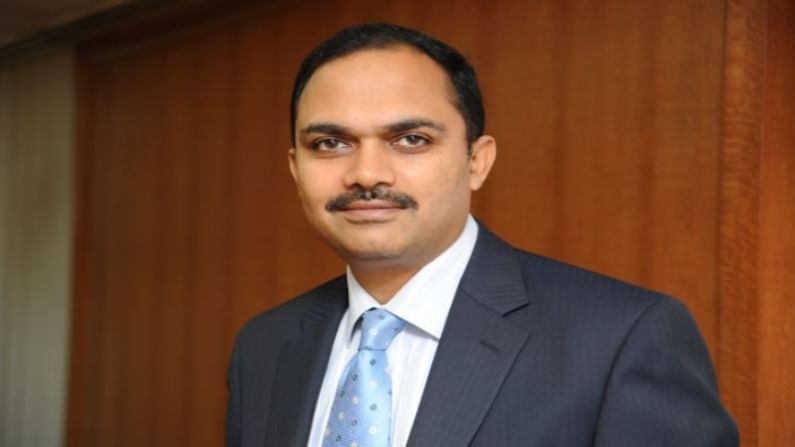Markets look fairly valued to HDFC Mutual Fund's Prashant Jain; here's why
He said the Indian economy is better-placed to handle post-Covid woes and it is not a fair perception that PSUs are perpetual wealth destroyers

Prashant Jain, Chief Investment Officer, HDFC Mutual Fund, believes the Indian equity market is fairly valued despite the ongoing bull run. In an interaction with investors, he said oil and gas PSUs, power utility and engineering companies continue to be undervalued while he views consumption stocks as extremely expensive. “Companies have shown strong growth but their multiples do not justify the growth,” he said, adding the finding of strategic buyers places a greater value for public sector companies.
View on PSUs
“The profit growth of PSUs between 2016-20 was higher than the broad market,” he said. However, the disinvestment of government holdings through ETFs adversely impacted the valuations of PSUs.
“The good news is that the Department of Investment and Public Asset Management has said that the government is unlikely to resort to ETFs going forward,” Jain said adding, it is not a fair perception that PSUs are perpetual wealth destroyers.
“Most PSUs are power, banks, metals and oil and gas and most of these sectors were underperforming,” he added. Jain further added that public companies enjoy strong advantages in certain sectors.
“In oil and gas and power, the casualty rate has been higher in the private sector. In all fairness, the best companies in India will be from the private sector but in some areas which are very capital intensive where infrastructure incumbency is very high and areas where people have to deposit money and public ownership gives advantage, PSUs have a role to play, he said.
Economy outlook
He said the Indian economy better-placed to handle post-Covid woes because of four reasons.
1) Positive external environment: Jain added that challenging economic conditions dropped interest rates across the globe. This is a boon for a country like India which needs large external capital to fund massive infrastructure growth. “Infrastructure is extremely capital intensive. Therefore, a low-cost interest rate is positive for India,” he added.
2) Oil price: Jain further said that the outlook of oil is not clear at this point in time. However, prices are low, which is also one of the supporting factors.
3) Manufacturing opportunity: He also sees a significant manufacturing opportunity in India. “China has been losing competitiveness over the past few years. Way back in the late 80s and early 90s, India’s per capita income was the same as China. However, it is 4-5 times of India. Today, manufacturing is slowly shifting out of China. This opens a very big opportunity for a country like India. Rising share in manufacturing is also good for faster economic growth, more income generation and reducing current account deficit,” he said, adding that the government is taking all the necessary steps to revive manufacturing India.
4) Privatisation: Jain added that the privatisation of PSUs is the key focus of the government. “Privatisation of PSU and strategic divestments or strategic sale help in much better price discovery,” he said.
Sectoral view
“We saw significant improvement in the profitability of banks. In the current year, we will see a complete return to normalcy of the corporate loan NPA impacted banks. Banks are a very large part of the index. Any sharp reduction in provision will support Nifty EPS growth,” he said.
Commenting on other sectors, he said, profits of automobile and engineering companies have just got delayed due to Covid-19.
With an asset under management of Rs 4.20 lakh crore, HDFC Mutual Fund is the third-largest asset management company in India after SBI Funds Management (Rs 5.33 lakh crore) and ICICI Prudential AMC (Rs 4.28 lakh crore).
He also believes that private capex will come back quite sharply and the mutual fund house is overweight in the capital spending space and in private banks.
“Market is fairly valued considering the P/E, market cap-to-GDP and historical returns,” he said.